What is threat modeling? 5 steps to boost cybersecurity

From malware to data breaches and distributed denial-of-service (DDoS) attacks, there are numerous digital threats to worry about today. Understanding those threats and the dangers they pose is a critical step in counteracting them, and that’s where threat modeling comes in.
But what is threat modeling? Quite simply, it’s the process of identifying and assessing potential threats, usually to digital systems, networks, or applications, to determine the best ways to deal with those threats.
This guide delves into the threat modeling process, looking at frameworks, tools, and testing processes.
Understanding the meaning of threat modeling
Threat modeling is a structured process employed by many businesses, organizations, and software development teams around the world. It involves an in-depth investigation into how attackers might target weaknesses in a system.
The aim is simple: to identify potential risks and vulnerabilities in a system or application so that appropriate steps may be taken to mitigate those risks and make the system or app as safe and secure as possible.
Why threat modeling matters in cybersecurity
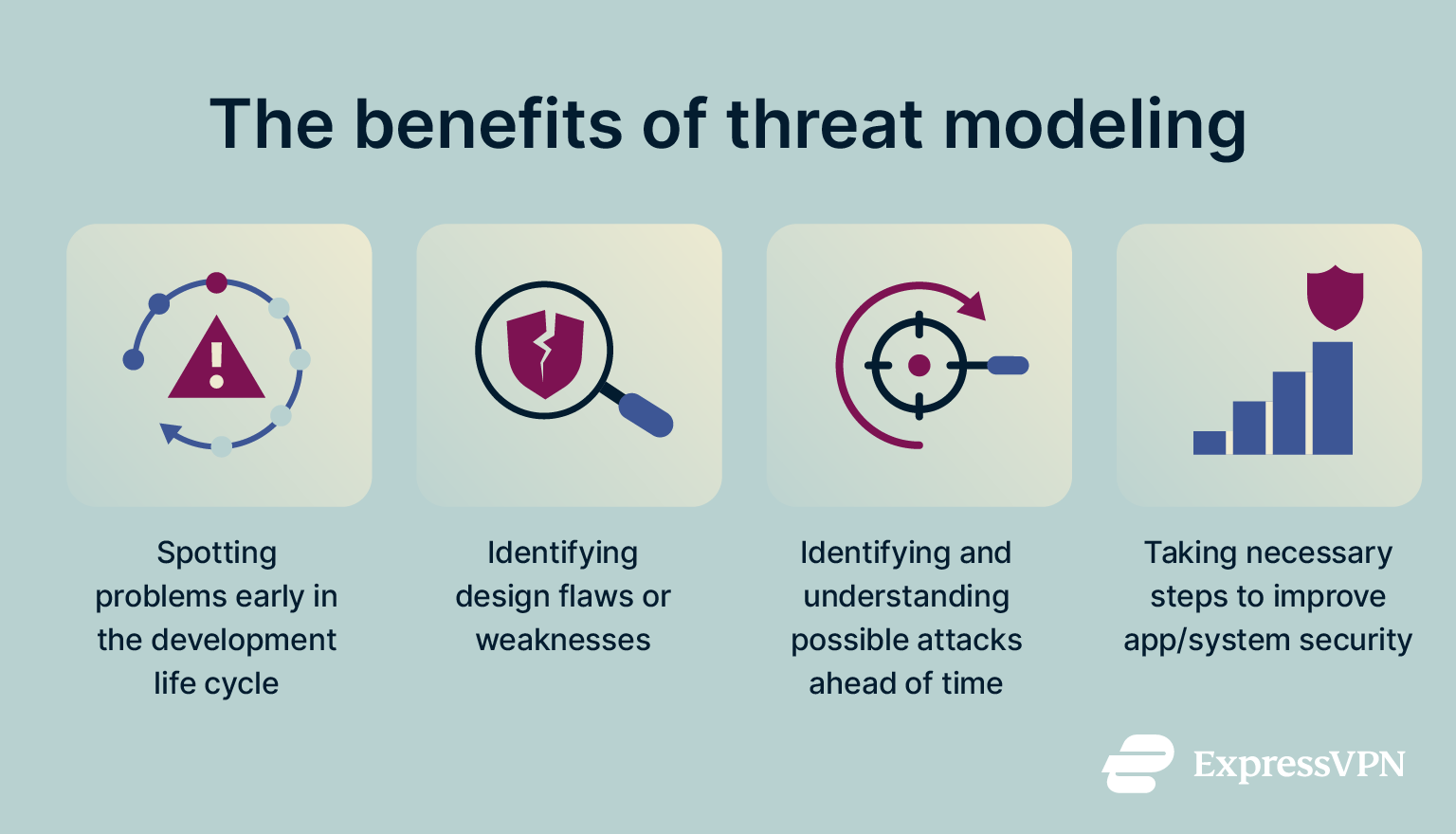 Threat modeling is invaluable in modern-day cybersecurity because there are simply so many threats out there and so many malicious actors and entities seeking to spread malware and launch cyberattacks.
Threat modeling is invaluable in modern-day cybersecurity because there are simply so many threats out there and so many malicious actors and entities seeking to spread malware and launch cyberattacks.
Risks are rising as the world becomes more and more technologically reliant and businesses grow increasingly digital and cloud-based. Threat modeling helps to keep those risks to a minimum, strengthening the defenses of apps and systems.
Common goals of threat modeling
- Detecting weaknesses or vulnerabilities in an application or system
- Defining counter-measures for any identified threats
- Ensuring that apps are in a secure state before launch
- Improving the security of applications post-launch
- Taking proactive action to stay one step ahead of attackers
Common misconceptions about threat modeling
- It’s only done during design or development stages: Threat modeling is arguably most valuable in the early design or development phases of a project, but it can also be employed to great effect after a product or system has launched.
- It’s an optional exercise: Threat modeling is much more of a must-have than an optional extra. Without it, systems and apps are far more liable to launch in unsecure states, causing serious problems for developers and end users.
- It’s a very complicated process: While threat modeling can’t be described as simple, it’s actually a lot more straightforward than many developers think. Several clear, proven frameworks exist to guide you through the process.
The 5 key steps of threat modeling
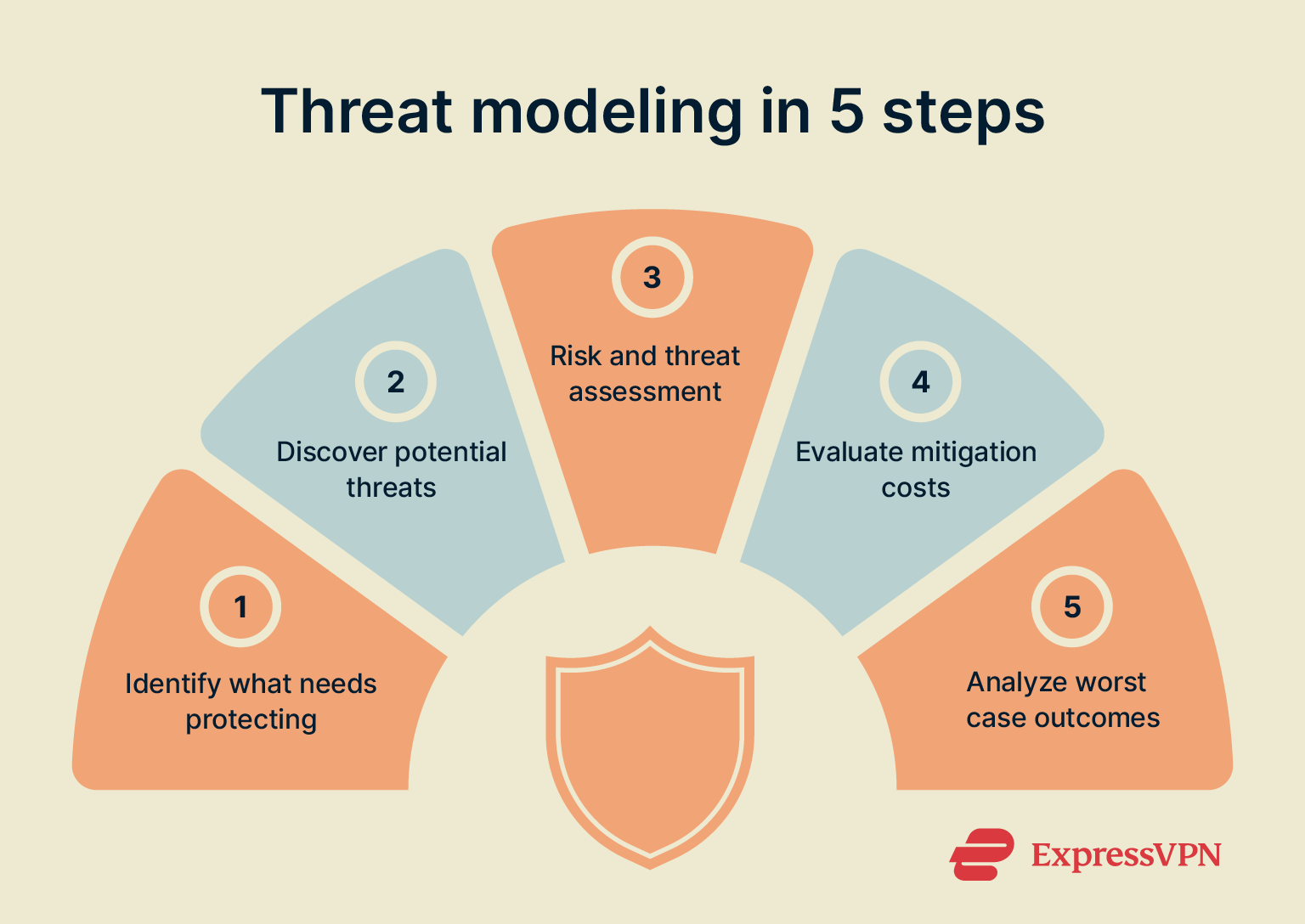
1. Identify assets to protect
First, teams have to think about what’s actually at risk if any attacks on their apps or systems prove successful. They might be developing an app that could collect and store sensitive user data, so they need to ensure they take the necessary steps to keep that data safe.
2. Identify potential adversaries
The next step is to consider who might want to attack your app or system and why. In some cases, a system may simply be at risk of seemingly random hacking attacks from unknown sources. But, in other situations, there may be specific groups who are more likely to target an app or system for political or financial reasons.
3. Assess threats and risks
The next step is threat analysis, and this is the crux of the entire threat modeling process. It involves listing out the possible threats and potential attacks an app or system might be targeted by. That could include attackers exploiting weaknesses in the code or gaining unauthorized access, or employees inadvertently leaking data through poor password habits.
4. Evaluate the cost of mitigation
For every risk you identify, you should also look at ways to mitigate or counteract it. If there are weaknesses in an app’s code, for example, it may need to be rewritten and optimized to strengthen its defenses. Each part of the mitigation strategy will cost time, money, and resources, and businesses will need to weigh up the costs, risks, and benefits in accordance with their budgets.
5. Analyze the consequences of failure
The final step of threat modeling is to envision the worst-case scenario. Imagine what might happen if an attack on an app or system was successful and what that would mean for the developers, users, and other stakeholders. By understanding the worst possibilities, teams are often more motivated to prevent them.
How threat modeling fits into the SDLC
Threat modeling is a critical step in the software development life cycle (SDLC), which is the structured process by which new applications and systems are developed.
When to apply threat modeling in the development life cycle
Threat modeling is often carried out as an ongoing process throughout the development life cycle, beginning in the early design stages and continuing throughout development, right up to launch and even post-launch. By regularly assessing and reviewing potential threats, developers can take important steps throughout the SDLC to improve and secure their creations.
Challenges and solutions for SDLC alignment
- Time and resource consumption: Threat modeling demands a certain investment of time and resources and can take focus away from other parts of the SDLC process. This may lead to delays and disruption, possibly pushing back the launch of a new app. Teams should therefore integrate threat modeling into their plans from the start.
- Alignment with agile development: Many development teams now use agile methods, working in short, fast-paced cycles. While threat modeling doesn’t always fit naturally into this rhythm, good planning can help integrate it smoothly.
- Lack of standardized processes: Sometimes, development teams don’t have a clear framework to follow when conducting threat modeling, which can lead to wasted time and mixed results. To avoid this, teams are encouraged to use one of the established threat modeling frameworks.
- Demands an experienced, expert team: Identifying and understanding the many threats and risks that apps and systems face can be a challenge, particularly for those with a lack of experience or expertise in cyber threat modeling. Teams may wish to invest in threat modeling tools or use third parties to assist them.
Threat modeling methods and frameworks
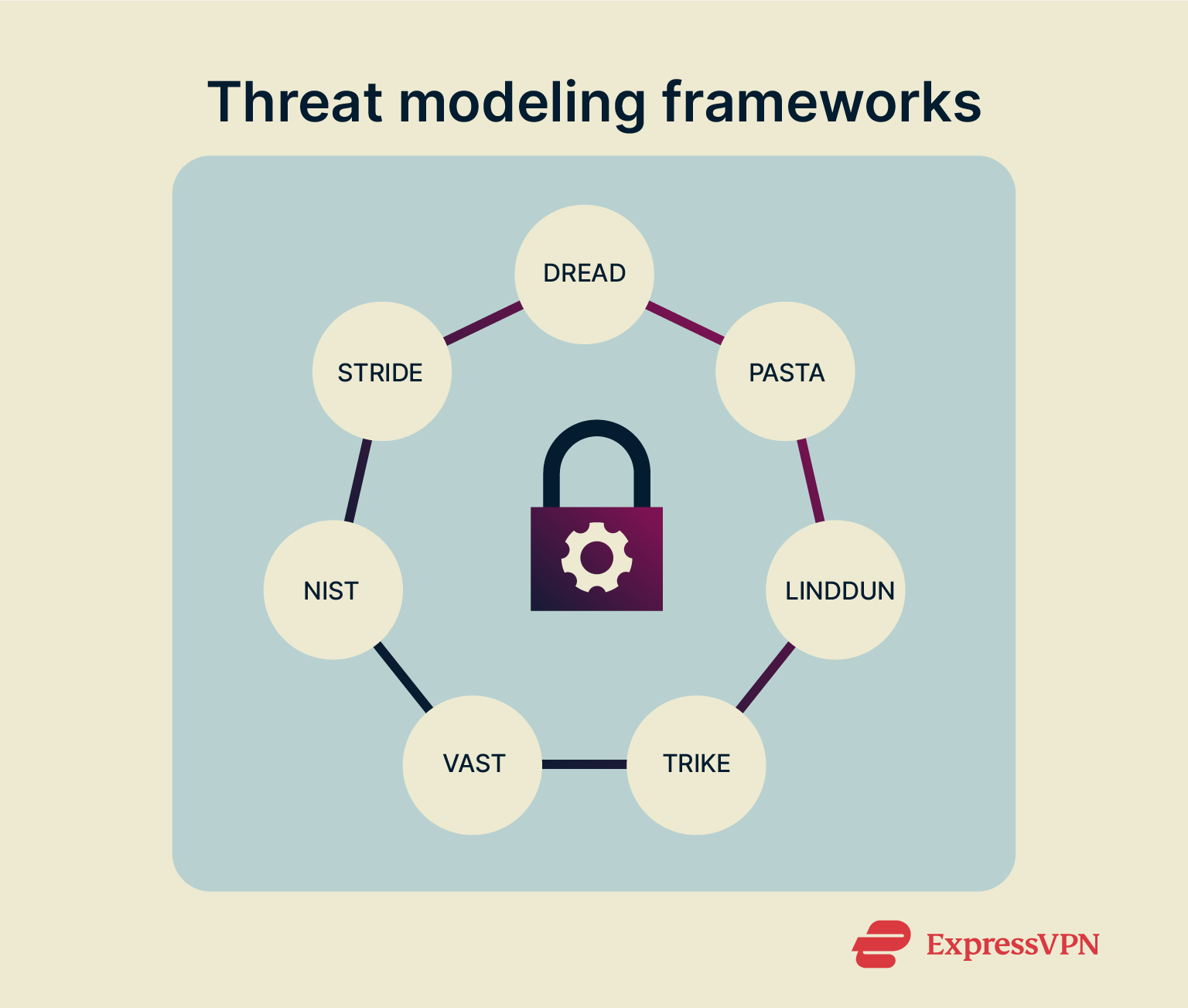
- STRIDE framework: STRIDE stands for “Spoofing, Tampering, Repudiation, Information Disclosure, Denial of Service, Elevation of Privilege.” It’s one of the oldest and most proven methods of threat modeling.
- DREAD threat modeling: DREAD is a method of threat modeling assessment built on “Damage, Reproducibility, Exploitability, Affected Users, and Discoverability.” It produces a scaled rating to show how much risk an app or system faces, but it’s not as commonly used anymore.
- PASTA methodology: PASTA stands for “Process for Attack Simulation and Threat Analysis.” This framework brings all stakeholders into the threat modeling process, not just IT and security experts, for the most comprehensive analysis and outcomes.
- LINDDUN framework: LINDDUN is about “Linking, Identifying, Non-repudiation, Detecting, Data Disclosure, Unawareness, Non-compliance,” and it uses threat trees to help users identify risks and solutions simultaneously.
- TRIKE modeling method: TRIKE stands for “Threat, Risk, Impact, Knowledge, and Evaluation” and is an open-source threat modeling tool.
- VAST threat modeling framework: VAST is “Visual, Agile, and Simple Threat.” This modeling involves scalable processes to suit organizations and projects of different sizes.
- NIST framework: The NIST threat model framework comes from the National Institute of Standards and Technology. It’s a four-step process that development teams can follow to identify and assess threats.
- Attack trees and diagrams: Attack trees are helpful visualizations of systems and their vulnerabilities.
Best practices for effective threat modeling

- Involve cross-functional teams: IT and security teams are the primary people carrying out threat modeling, but it’s also worth consulting with and involving other cross-functional teams to get a broader and deeper view of risks and threats.
- Use iterative refinement: As you persist with threat modeling, constantly look for ways to fine-tune the process and optimize it to align with your project’s particular parameters. This will help to save time and maximize the efficiency of future threat analysis.
- Combine multiple methodologies when needed: You don’t have to stick with just one threat modeling framework at all times, like DREAD or PASTA. Feel free to mix things up and try alternative methods if you think they’ll help you get better results.
- Assign ownership for modeling tasks: Delegate threat modeling tasks to those with relevant experience and expertise to help prevent delays and ensure the process moves speedily and efficiently.
How AI and automation enhance threat modeling
Threat modeling is changing by the day, with artificial intelligence and automation technologies playing increasingly large roles in how the process is carried out.
Using AI to streamline the threat modeling process
Various AI-powered threat modeling tools and platforms have emerged over the last few years. They use AI to process and interpret app or system data to highlight potential risks more quickly and accurately than human teams could.
AI can help users identify various threat types, design flaws, and weaknesses in application coding, thus speeding up and optimizing the threat modeling process.
Risks and limitations of automated modeling
While it’s beneficial to use AI and automation to help in threat modeling, it’s not a good idea for teams to rely too heavily on these technologies.
Automation can only go so far, and AI can only work with the data you provide to it, so there is a risk that certain aspects can be overlooked. Plus, AI is still new and imperfect technology, capable of making mistakes or failing to provide the exact outcomes users are looking for.
For these reasons, AI-powered threat modeling tools should be seen as supplements to human-led threat analysis rather than replacements.
FAQ: Common questions about threat modeling
What is the meaning of threat modeling?
Threat modeling refers to the process of identifying risks and threats to an app or system, usually during its design and development stages, and then taking steps to counter those risks. It’s an important part of the software development life cycle.
What are the 5 steps of threat modeling?
The five steps of threat modeling are:
- Identify the assets you need to protect.
- Identify who might wish to target those assets.
- Assess the threats and attack methods that could be used against you.
- Evaluate ways to resolve those threats and the costs involved.
- Analyze the worst possible outcomes.
What is threat modeling in SDLC?
Threat modeling in the software development life cycle refers to the process of developers looking at weaknesses or possible ways their software might be attacked so that they can figure out ways to improve and secure it.
Take the first step to protect yourself online. Try ExpressVPN risk-free.
Get ExpressVPN



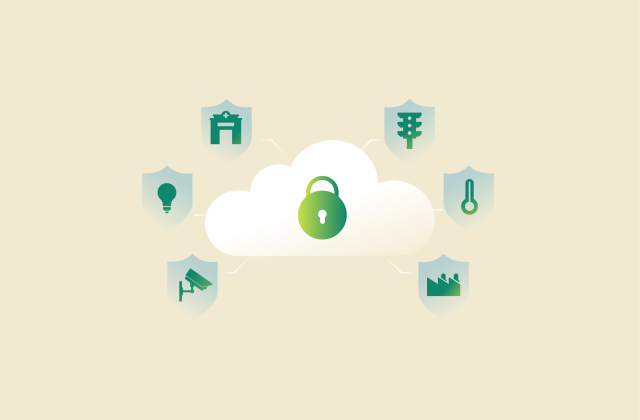
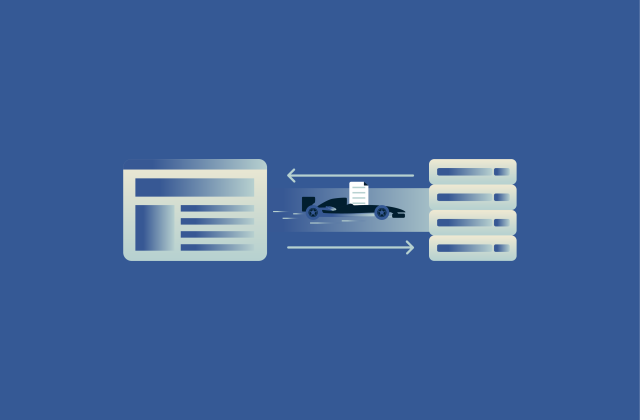
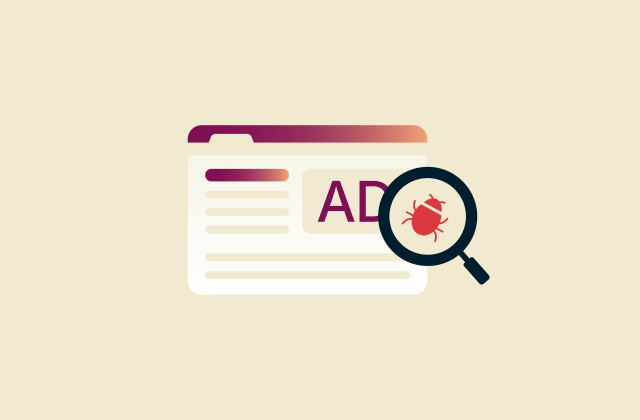
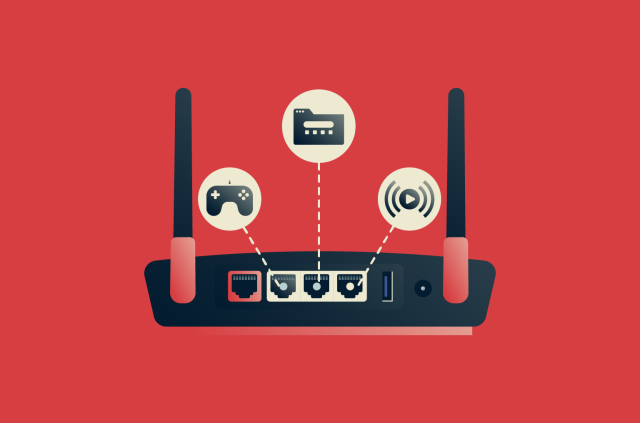

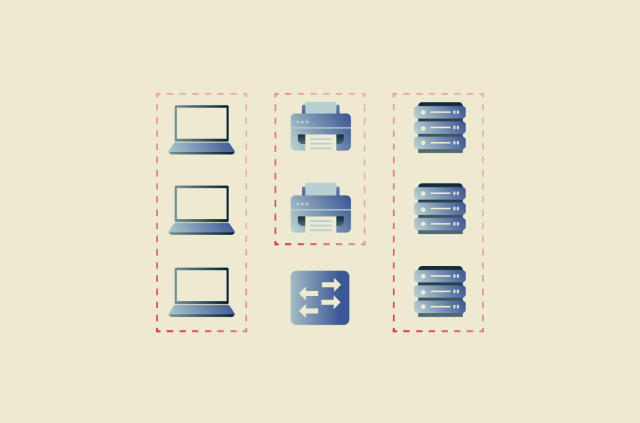

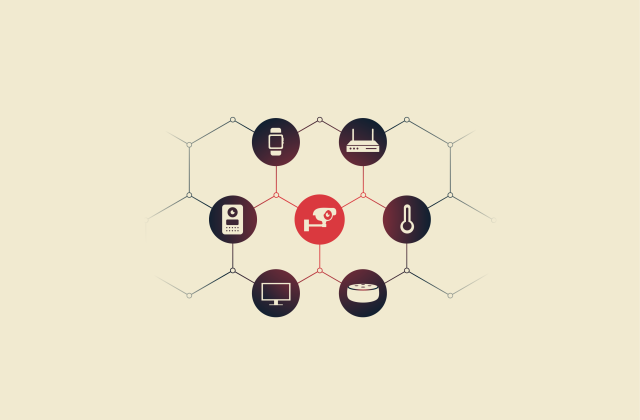










Comments
What is 2FA and how do i turn it on?
Hi JC, 2FA is Two-factor Authentication. It's a great way to secure your online accounts. Read all about it here.
ok.good
I live in UAE but I am not able to use this app. Is it impossible to use while trailing. It isn’t working at all
Hi Donggeon, please contact the Support Team and they will help you out.
nice write up!
My favourite question to my friends ("who have nothing to hide" is: imagine ten years from now. You have become a high profile politician. What are the chances that you regret not having been more secretive with the data you've left behind in the past ten years?
if not using vpn what can malicious websites and message boards access from my smartphone and laptop
Please monitor the efforts of the Australian Government which is attempting to have the right to unlock encrypted messages justifying their actions on the basis of the dangers of terrorism